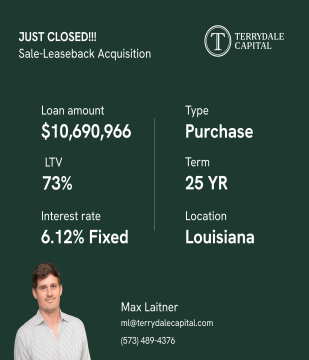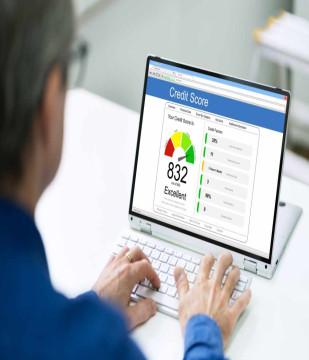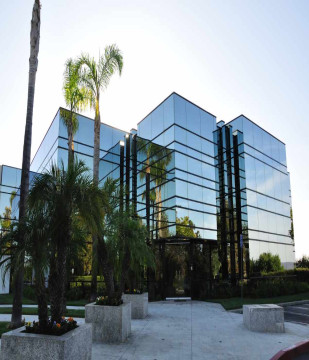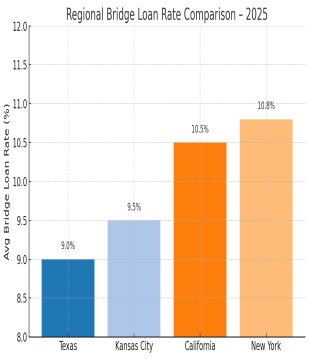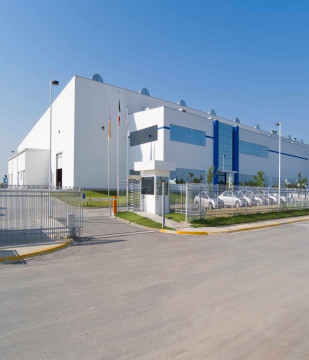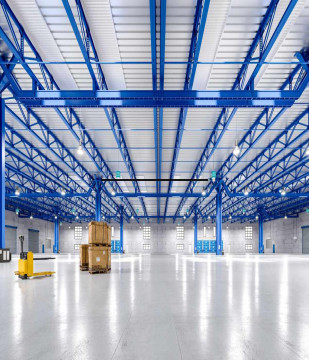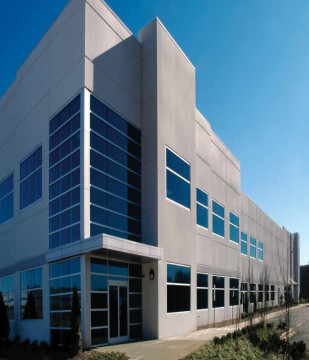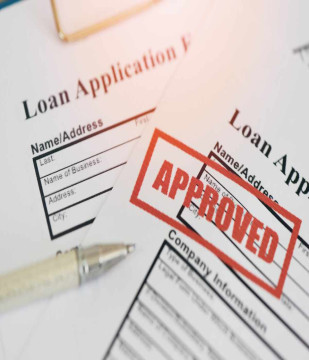Understanding NAICS and Its Impact on SBA Loans

Terrydale Capital
Jun 17, 2024 7 Min read
 Learn
Learn
In commercial real estate, there is a much broader world of impacting factors on certain financing avenues. Understanding the wider world of governance and the impact on finance can help investors make savvy decisions and even help them in preparations to chase certain financing vehicles. Here we will discuss NAICS and how it impacts SBA loans as a whole.
What is NAICS?
The North American Industry Classification System (NAICS) is a standardized system used by businesses and governments in North America (United States, Canada, and Mexico) to classify business establishments based on the type of economic activity they engage in. This system was developed by the Office of Management and Budget (OMB) and replaced the Standard Industrial Classification (SIC) system in 1997.
NAICS codes are six-digit numbers that provide detailed information about the business sector, subsector, industry group, industry, and national industry. Here's a breakdown of what each digit represents:
- First two digits: Sector (e.g., 11 for Agriculture, Forestry, Fishing, and Hunting)
- Third digit: Subsector (e.g., 112 for Animal Production and Aquaculture)
- Fourth digit: Industry Group (e.g., 1125 for Aquaculture)
- Fifth digit: Industry (e.g., 11251 for Shellfish Farming)
- Sixth digit: National Industry (e.g., 112512 for Crab Farming)
How Does NAICS Affect SBA Loans?
The Small Business Administration (SBA) uses NAICS codes to determine the eligibility of businesses for SBA loan programs. Here's how NAICS codes impact SBA loans:
- Determining Size Standards:
- The SBA uses NAICS codes to set size standards, which define the maximum size a business can be to qualify as a small business. These size standards are either based on the number of employees or the average annual receipts of the business.
- For example, a business classified under NAICS code 541330 (Engineering Services) has a size standard of $22.5 million in average annual receipts. If your business exceeds this threshold, it would not qualify as a small business for SBA loans.
- Industry-Specific Loan Programs:
- Certain SBA loan programs or initiatives may target specific industries. For instance, during economic downturns or in response to natural disasters, the SBA might roll out targeted loan programs for industries heavily impacted, such as retail, hospitality, or manufacturing. NAICS codes help identify and categorize these industries.
- Assessing Business Risk:
- Lenders often use NAICS codes to assess the risk profile of a business. Certain industries may be considered higher risk due to market volatility, regulatory changes, or economic trends. This assessment can influence the loan terms, interest rates, and approval likelihood.
- Economic Data and Analysis:
- The SBA and other governmental agencies use NAICS codes to collect and analyze economic data. This data helps in understanding trends, making policy decisions, and tailoring support programs for small businesses. By identifying which sectors are growing or struggling, the SBA can better allocate resources and support.
How to Find Your NAICS Code
To determine your business's NAICS code, you can use the following methods:
- NAICS Association Website:
- Visit the NAICS Association website and use their search tool to find the appropriate code by entering a keyword that describes your business activities.
- U.S. Census Bureau:
- The U.S. Census Bureau’s NAICS page provides detailed information and a search feature to help you identify your NAICS code.
- Business Registration Documents:
- Check your business registration documents, tax returns, or any filings with government agencies, as they often include your NAICS code.
Conclusion
Understanding NAICS and its role in SBA loan eligibility is crucial for small business owners. By knowing your NAICS code and the corresponding size standards, you can better navigate the SBA loan application process and increase your chances of securing funding. Additionally, being aware of industry-specific programs and risk assessments can help you prepare more effectively when seeking financial assistance.
When it comes to navigating the complex world of regulations and financing, it significantly eases the load to have the right team behind you to guide you through the process. At Terrydale Capital, our team is well versed and experienced in all forms of government regulations surrounding government backed loans. When you need an SBA or another commercial loan, contact us today.
Partner With Terrydale Capital for Your Debt Financing Needs
When it comes to debt financing, understanding the right timing, process, and options is crucial. At Terrydale Capital, we provide a comprehensive range of commercial loan solutions tailored to meet your business's unique needs.




